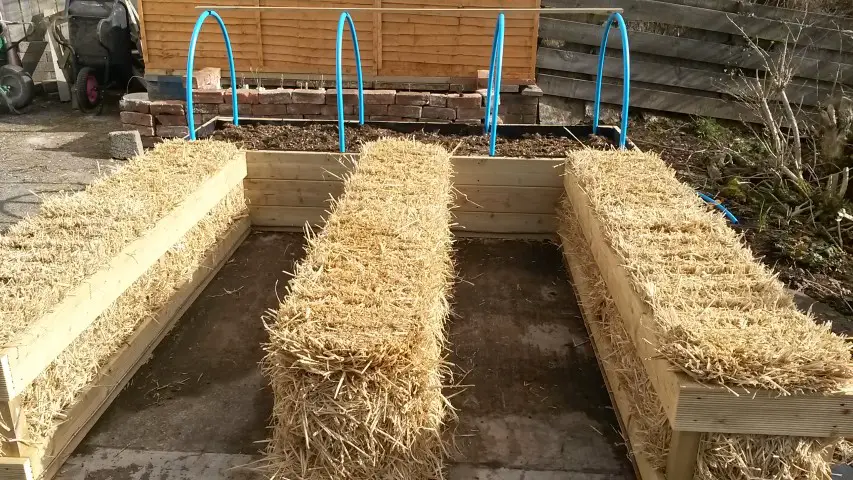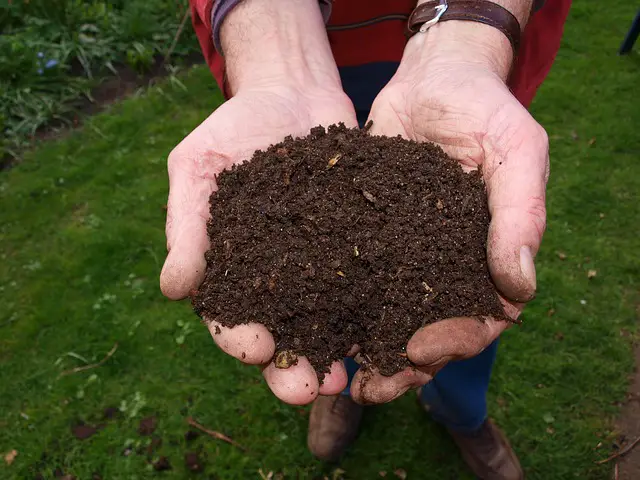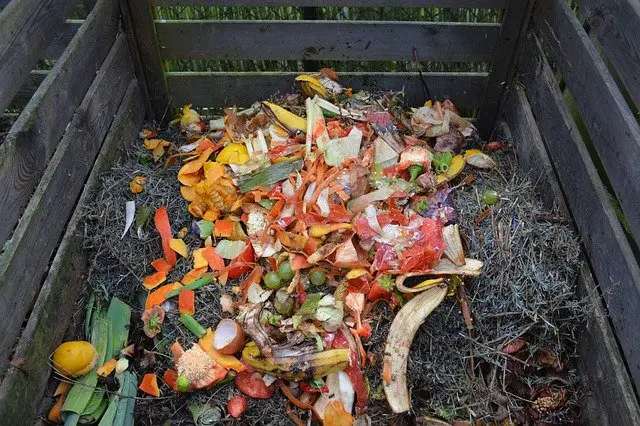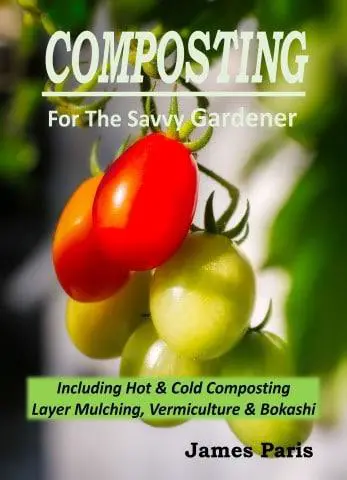Understanding compost and the various composting techniques available (including hot composting) is perhaps one of the most important lessons any gardener should know, if they are to get the most out of their growing efforts – particularly by creating a hot compost heap to make good quality compost at an astounding rate!
There are many ways to create compost from the traditional 3-bin composting method – which is also called cold composting. There is also the Bokashi composting method for composting organic materials such as dairy and meat, that you would be advised not to include in a traditional compost heap.
Hot Composting in a nutshell
Hot composting is a process that enables usable compost to be created in a fraction of the time that traditional composting methods would take.
It does this by raising the temperature of the organic material to 120-170F in just a few days, and produce usable compost in as little as 3 weeks time.
This is in comparison to cold composting which can take from 3 months to 2 years and more in order to produce usable compost.
Benefits of making hot compost include
- Speed of production. As already mentioned hot composting means that compost can be created in a few weeks, compared to several months or years for cold composting.
- Weeds with roots and seeds can be used in hot composting as they are burned away in the process.
- Kills harmful insects, slug eggs, bugs, and larvae in the process, which is a huge benefit to gardeners especially with infested material they normally would not be able to use.
How to create a hot compost heap
First of all it has to be pointed out that hot compost requires a different balance of green and brown material to create it. Normally to make compost you would build up layers of green and brown material (nitrogen and carbon) with the balance being approximately 3 parts brown to 1 part green material.
This would be built up over a period of time as you have the material to hand in the garden to layer up into your compost heap.
With hot composting however it is a 50-50 mix of green and brown material that is all gathered at the one time to create a heap or pile of material. This follows the Berkley method first published by Robert D Raabe of the University of Berkley in California.
This 50-50 mix of green and brown materials is what he considered to be the ideal mix that would in the end produce a 30:1 carbon/nitrogen mix that makes the ideal compost.
- Gather all the materials you need together ( 50-50 mix of brown and green) to form a heap not less that 1 cubic yard. You will need this volume minimum to generate heat.
- Mix the material thoroughly, soaking with water as you do so. You want the pile to be wet through but not drowned in water!
- Let the material stand for 24-48 hours and test the heat in the center either by thermometer or by thrusting your hand into the pile to confirm its working – Be Careful not to burn yourself here!
- After this period, turn the complete heap once or twice per day to aerate it and encourage microbe activity. If the heap dries out then add a little more water. You want a moist not sloppy wet material.
- In a few weeks you should have a usable compost.
Keep in mind that during this procedure that the compost does not stay hot through the entire process. Indeed after the first week you should notice a considerable drop in the temperature – this is normal and an essential part of the decomposition of the material to create compost.
What are Green and Brown materials?
Green material is organic items that are loaded with nitrogen, while brown material is carbon based and has no nitrogen content.
The brown material in compost is that which makes up the bulk of the compost itself, while the green material makes up the ‘food’ element of the compost – the nitrogen.
Green materials include
- Grass clippings
- Vegetable cuttings
- Coffee grounds or tea bags
- Animal manures, horse, chicken, sheep, cow
- Ground egg shells
- Cut hay (not straw which is brown)
Brown materials include
- Shredded cardboard and newspaper (not color print)
- Straw (not hay which is green)
- Leaf moult, small twigs and forest debris
- Sawdust and fine shavings
The difference between straw and hay

There is an issue around the difference between Hay and Straw which I had better explain a little further, as it is important in compost making.
On some sites they recommend that hay is a brown material – this is wrong as far as compost is concerned. Yes, dried hay does look a little brown, but as far as nutrients go it is rich in nitrogen being dried grass and or clover leaves.
This is why hay barns and not straw barns can easily combust if the roof is leaking – the nitrogen in the dried grass is activated by the water and produces heat enough to ignite the dried grass on the outward surface of the HAY bale.
Straw on the other hand is basically an inert material that is devoid of nitrogen and adds the carbon bulk element needed for compost. If you soak a straw bale without the addition of raw nitrogen added to it (as you would with a straw bale garden), then it will do nothing.
It will eventually rot down over 3 years or more, but basically it would not act as a green material in compost.
Straw is basically a by-product of barley, wheat, or oats and is used for animal bedding as it has no nutritional value.
Summary of Hot Composting
Although the hot composting method does indeed produce usable compost in a vary short time, it is perhaps a little more labour intensive in its production.
Where cold composting is a simple matter of throwing material on the compost heap over a long period of time, maybe turning occasionally. The hot method requires constant daily turning over 3-4 weeks if it is to be effective.
The pros and cons of hot composting vs cold composting have to be taken into account and acted upon depending on the users priorities and indeed how much time they have to spare.




